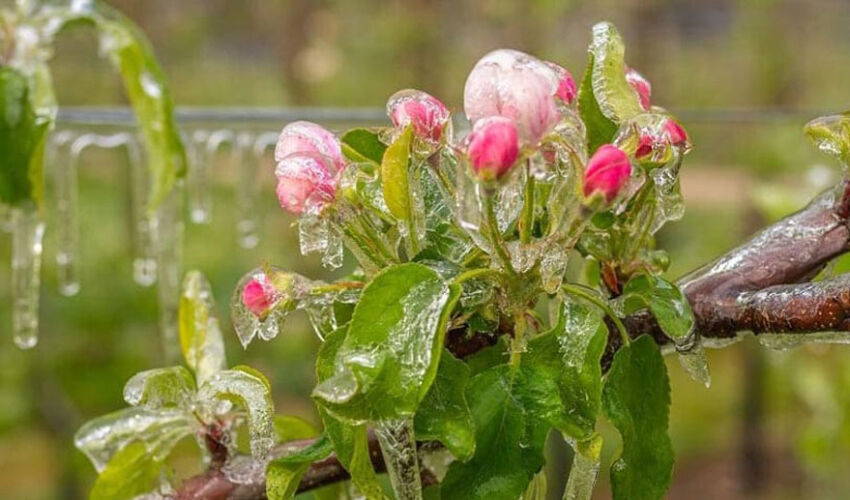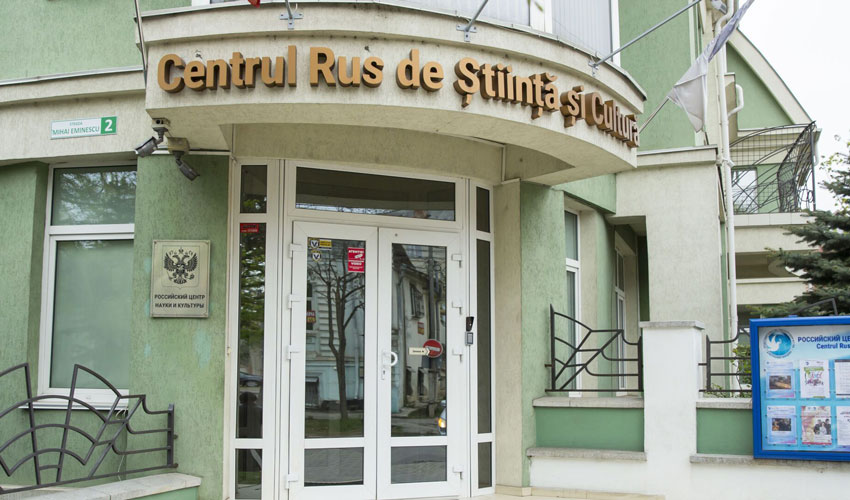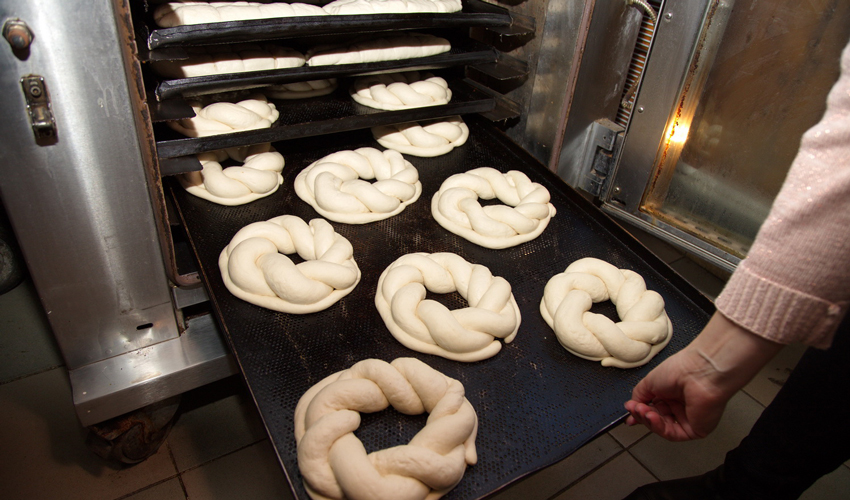
The greatest damage was done to flowering gardens in the south of the country, where at night the air temperature dropped to -3 degrees Celsius, said Ananie Peşteanu, professor at the Faculty of Agrarian, Forestry and Environmental Sciences of the Technical University of RM.
In the northern zone of the country, it is still early to judge the degree of damage to the horticulture sector, as many gardens have not started blooming yet, believes Andrei Zbankă, an expert of the Federation of Agricultural Producers FARM and FAO projects in RM. Nevertheless, he notes that in some regions of the north of Moldova, meteorological stations placed in lowlands recorded in the morning hours frosts up to -7 degrees Celsius, which is dangerous even for apple orchards. According to the expert, even if April frosts in the northern parts of the country will not affect the quantity of harvest, the experience of previous years shows that in similar conditions the quality of fruit suffers. In the current weather conditions, much will depend on the level of agro-technologies used by farmers.
Table grape plantations, even of early varieties, have just started to grow and have not suffered yet, said Sergei Tutovan, chairman of the Association of Table Grape Producers of Cahul region.
Winter cereal crops will not be affected by the frosts of the first decade of April, but the impact of the second, longer “cold wave” on rape is of great concern, said Boris Boincian, head of the farming systems department of the National Center for Seed Research and Production (NPU “Selecția”). In many Moldovan districts, rape has not yet flowered, but the plants are at a vulnerable stage. If the cold period is prolonged, pollination will be weak and losses will not be avoided. And rapeseed is very important for farmers, as this early harvested crop gives them the first money in the season.













